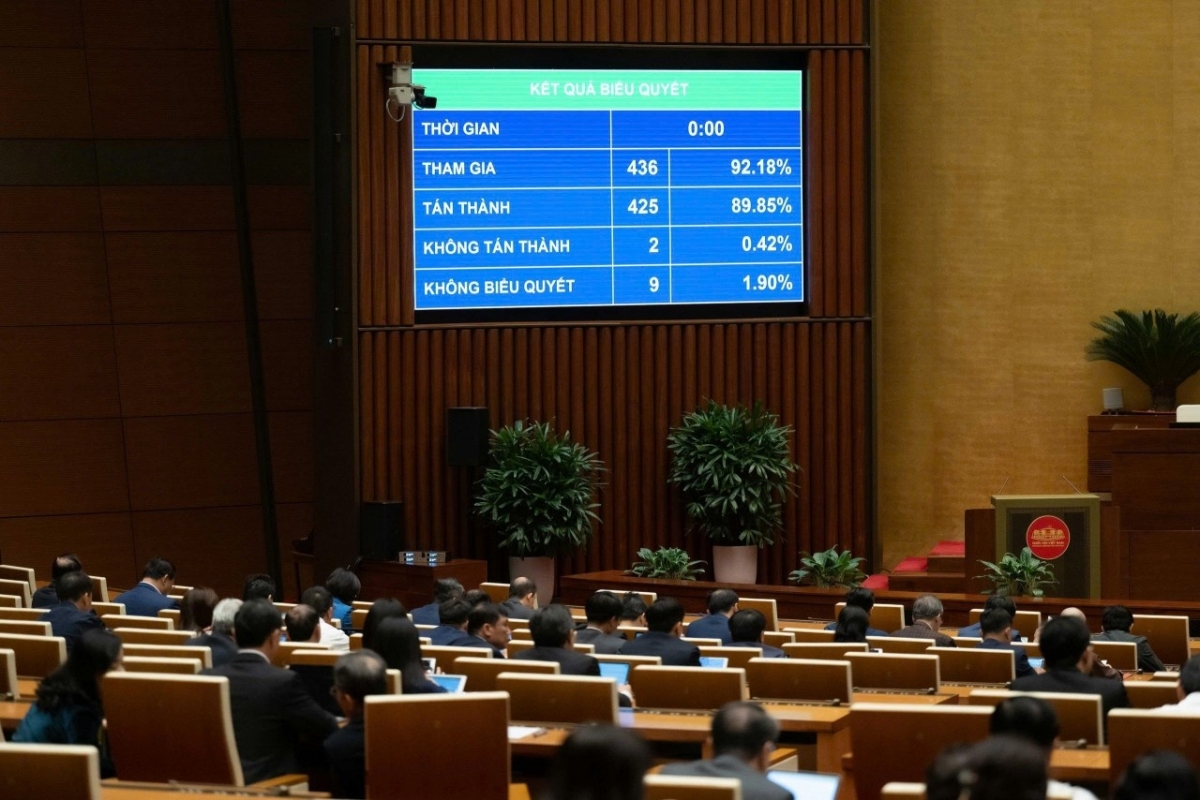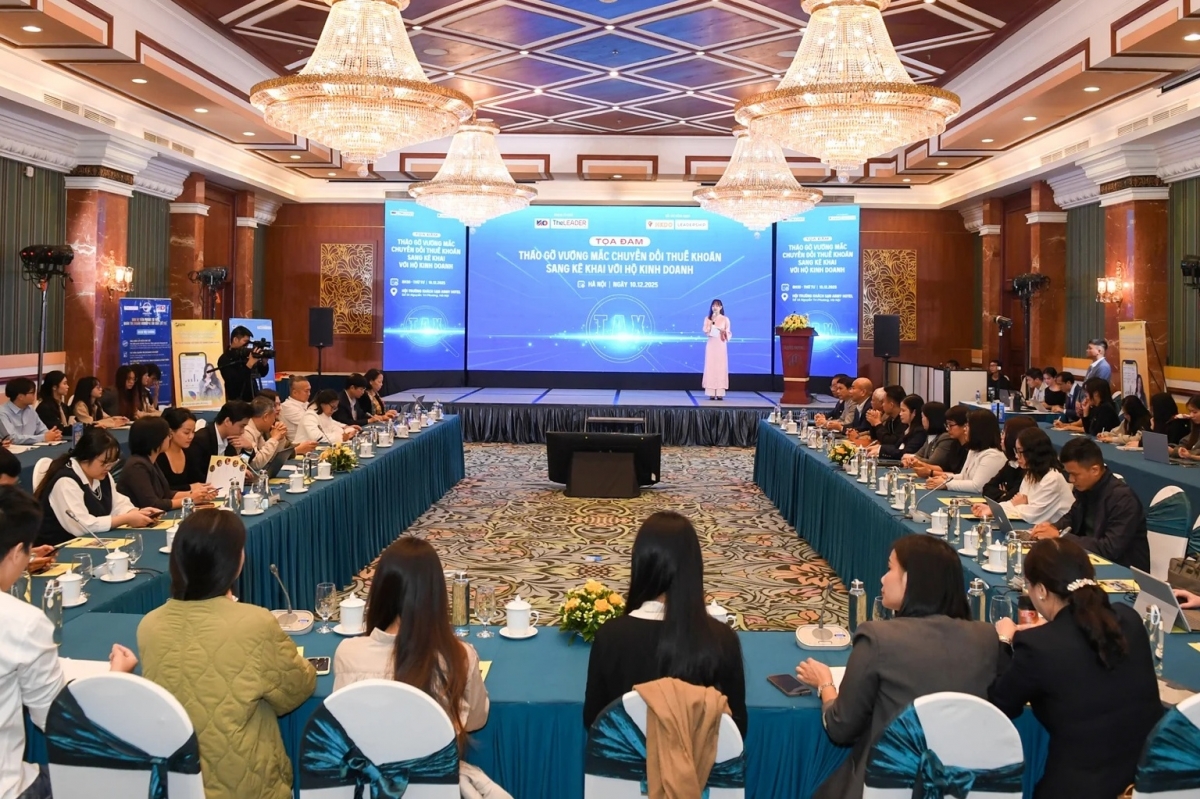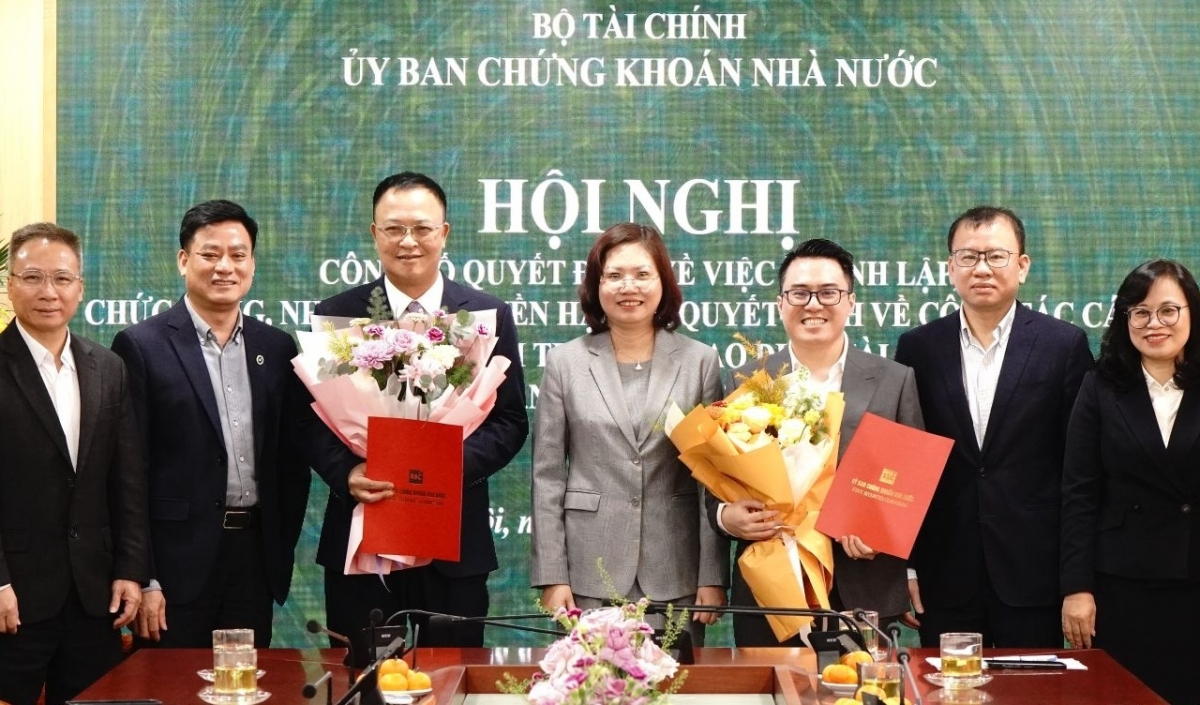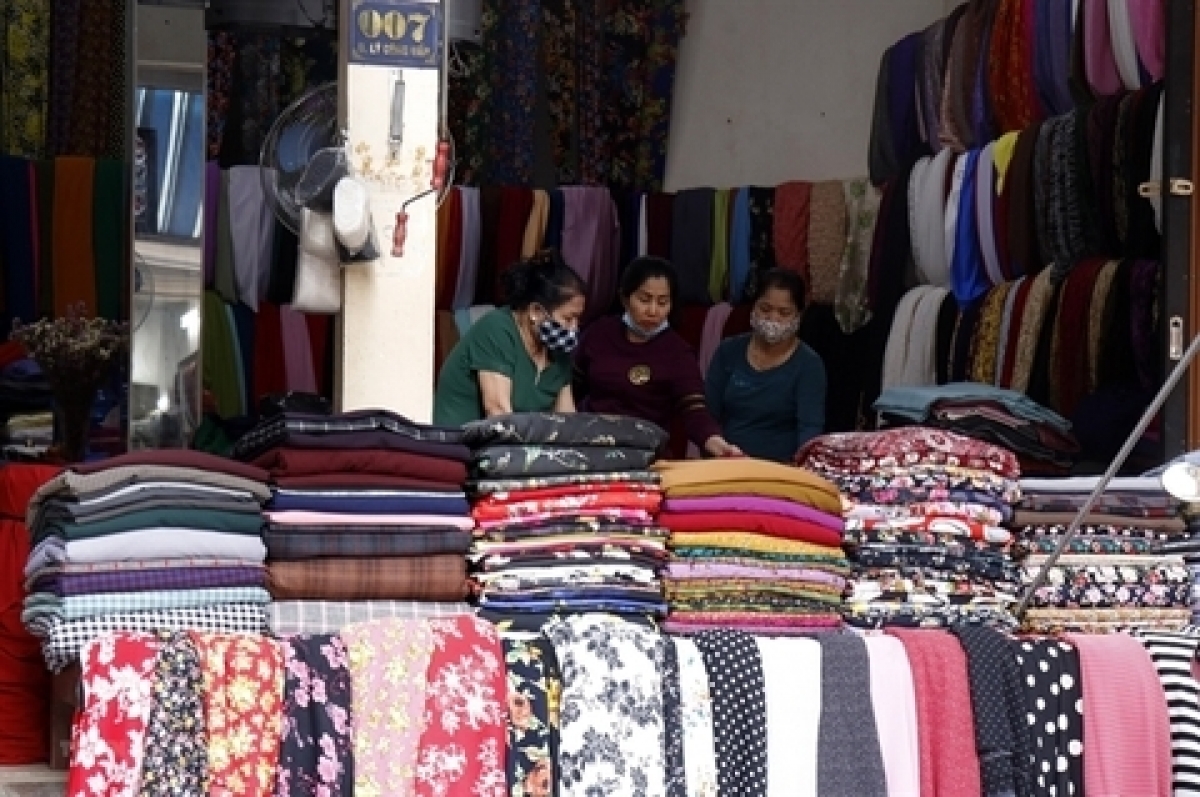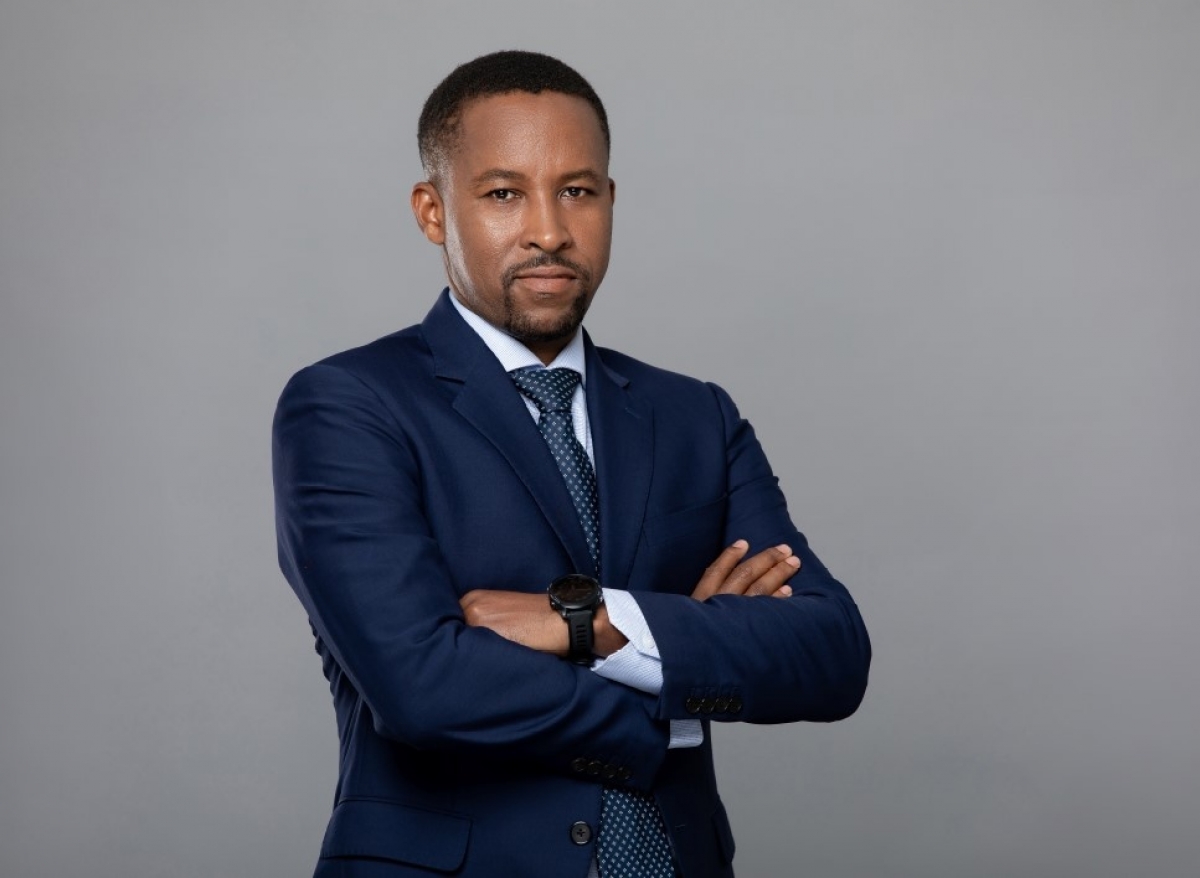INTERNATIONAL INVESTMENT
AND PORTAL
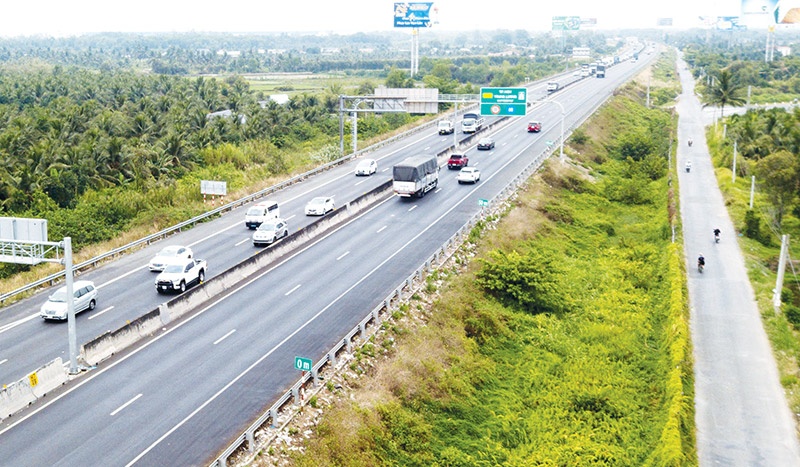 Disbursement simplification in the works to propel economy
Disbursement simplification in the works to propel economy
It is expected that this year the Vietnamese government will have a number of meetings with international partners and donors to seek solutions to increase disbursement of official development assistance (ODA) and foreign concessional loans, which continues to cause headaches for the nation’s leaders.
A source from an international bank in Vietnam told VIR that the banker is now working with the government and some localities in Vietnam to deploy a number of projects involving environmental protection, climate change response, and energy development, among others. “However, the Vietnamese side’ procedures remain relatively complicated, making it difficult for the projects to be deployed. More discussions are needed to remove such difficulties,” the source said.
According to Vietnam’s Ministry of Planning and Investment (MPI), one of the key contributors to economic growth for the 2016-2020 period before the pandemic emerged was ODA. The government expects that the economy will bounce back to 6-6.5 per cent this year after a low level of 2.58 per cent last year and 2.91 per cent in 2020. To this end, disbursement of ODA and foreign concessional loans will play a key role, among many solutions.
Deputy Prime Minister Pham Binh Minh over a week ago signed Dispatch No.307/CD-TTg requesting ministries, sectors, and localities to accelerate the disbursement of ODA and foreign concessional loans.
“At present, the pandemic has almost been controlled nationwide. Thus, the disbursement of public investment including ODA and foreign concessional loans is considered one of the key solutions for economic recovery and successfully implementing the national socioeconomic goals for 2022,” read the dispatch.
Over the past few months, the government has been urging such disbursement, not only this year but beyond.
“However, ODA disbursement for this year so far remains slow and has yet to be improved,” DPM Minh said. “This has reduced the effectiveness of the usage of public investment capital and also decreased the attraction of other resources, while causing waste of resources and affecting the country’s economic recovery momentum.”
Ultimately responsible
According to the Ministry of Finance (MoF), disbursement of ODA from the central budget in the first three months reached 0.99 per cent of the plan earlier assigned by the prime minister, meaning a failure to speed up the process.
Slow-paced ODA disbursement is ascribed to many reasons. For example, in addition to the pandemic, inflation pressure and big hikes in prices of construction materials such as sand, steel, and cement have slowed down and delayed the construction of ODA-backed projects, said the government.
“However, subjective reasons are popular. A number of ministries, sectors, and localities have failed to show their political determination in this task,” DPM Minh said. “The combination of ministries, central agencies, and donors remain lax, while projects’ readiness is not good, and site clearance and compensation still face lots of difficulties due to complicated procedures between Vietnam and donors, and our legal regulations on ODA remain complex.”
The government has ordered that the responsibilities of ministries, agencies, and localities must be clarified in slow-paced disbursement, with those intentionally causing slow or no disbursement or involved in corruption being punished under the current legal regulations.
“They must be responsible to the government and the prime minister for their failure in boosting disbursement of ODA for 2022,” said Dispatch 307. “All difficulties failing to be solved by ministries, agencies, and localities must be reported to the government and the prime minister for timely solutions.”
The MoF was required to continue reviewing regulations to simplify procedures and shorten the time to control spending and withdraw capital from donors.
Currently, ministries, agencies, and localities are formulating their own plans for using ODA until 2025, after the government a few months ago passed and enacted Vietnam’s 2021-2025 plan on orientations for attracting, managing, and using ODA and concessional loans from foreign sponsors.
Under the plan, about $22.9 billion in foreign ODA and concessional loans will be allocated. In 2022, the government plans to borrow around $2.96 billion worth of ODA.
The capital will be prioritised for programmes and projects on healthcare, education, vocational training, climate change adaptation, environmental protection, and building essential economic infrastructure facilities unable to directly recover capital. Besides that, the plan gives priority to spending ODA and concessional loans on infrastructure improvement projects to help disadvantaged regions and localities develop their economy, and in regions and localities facing difficulties in mobilising domestic funding; as well as on schemes dealing with pressing issues during rapid urbanisation.
Foreign concessional loans will also be prioritised for projects boosting connectivity among regions and provinces in the northwestern, Central Highlands, and Mekong Delta regions so that they can develop faster.
According to the government, data collected from foreign donors showed that they can provide ODA and concessional loans worth about $25.82 billion in the 2021-2025 period, or $5.13 billion a year. This includes ODA (30.9 per cent), concessional loans (64.8 per cent), and grants (4.3 per cent). Non-refundable ODA is estimated to reach $1.12 billion in the 2021-2025 period, down 41 per cent from the $1.9 billion in the 2016-2020 period, mainly from the United Nations and bilateral donors.
Meanwhile, ODA loans for 2021-2025 are estimated to stand at $7.97 billion, down 21 per cent from $10.07 billion in the previous period. This capital will come from some bilateral donors and international financial funds.
Regarding concessional loans from foreign donors, the total sum is expected to be about $16.73 billion for the 2021-2025 period, up 7.8 times from the $2.18 billion in the 2016-2020 period. Around $15.75 billion of that total will come from the World Bank, Asian Development Bank (ADB), Japan International Cooperation Agency (JICA), Export-Import Bank of Korea, French Development Agency, and German Development Bank.
Strategic commitments
According to DPM Minh, some laws stipulating the use of ODA, including the Law on Public Investment and the Procurement Law, are subject to revision.
“The government aims to not only simplify the procurement process but also ensure efficiency in the use of ODA,” Minh said. In return, Vietnam has called for six banks to consider harmonising their respective processes with local legislation.
For the 2021-2025 period, Minh noted the government is devising a portfolio of priority projects to be financed by the ODA funds, expecting development banks to provide the funding in line with Vietnam’s objectives.
Andrew Jeffries, ADB country director for Vietnam, told VIR that the ADB will continue to provide its support for Vietnam.
“Under the ADB’s Country Partnership Strategy 2021-2025, the bank aims at supporting the government’s development priorities. Bold and strategic steps are needed to cope with future economic shocks and pursue a more sustainable development path,” Jeffries said.
For example, on infrastructure, the ADB will provide sovereign support for climate-proofing existing key infrastructure, such as strengthened embankments to prevent land erosion, increased water supply, urban planning and developing smart cities, structural and ecosystem-based adaptation methods, and disaster early warning systems, as well as environmentally-friendly tourism infrastructure.
The World Bank also said it is ready to offer more support for Vietnam in the coming years. As of November 11, 2021, the bank provided $25.27 billion in grants, credits, and concessional loans to Vietnam through 212 operations. Vietnam’s existing portfolio consists of 33 active projects, with total net commitments of $6.69 billion.
“In addition, Vietnam benefits from a large and diverse portfolio of advisory services and analytics, with 27 currently active tasks. Many of these engagements leverage country-level partnerships and trust funds from development partners,” the bank said.
Meanwhile, JICA chief representative Shimizu Akira told VIR that Japan is now working with Vietnam for further ODA for the latter, focussing on many sectors such as environment, infrastructure, and human resources.
“Japan’s ODA has already supported the construction of many socioeconomic infrastructure projects, such as road systems with a total length of about 3,000km; five international ports; several power plants; water supply and drainage system; and the railway system,” Akira said.


